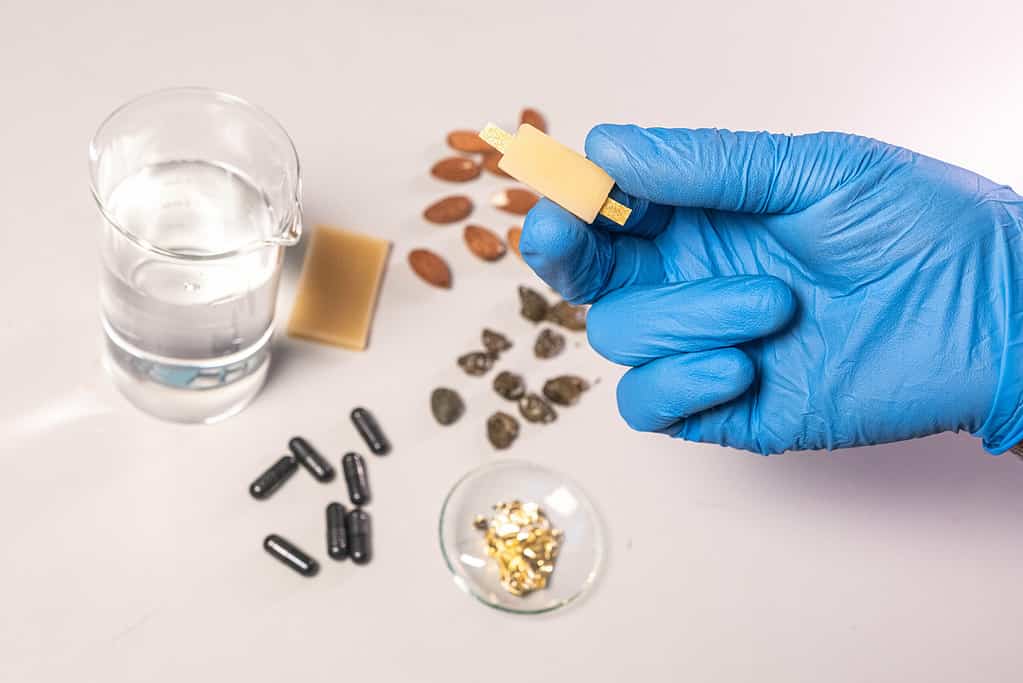We’re told not to eat batteries, but for this one, we can make an exception. The battery isn’t made for funsies, though — it could help in medical procedures.

The field of edible electronics has recently emerged and holds promise for significant advancements in diagnosing and treating gastrointestinal tract diseases, as well as monitoring food quality. However, creating power sources that are also edible isn’t straightforward. Now, however, the first breakthroughs now being reported by scientists.
First came an edible battery created by researchers at Carnegie Mellon University, using melanin pigments that occur naturally in people’s hair, eyes and skin. Now, a team at the Italian Institute of Technology (IIT) unveiled an edible and fully rechargeable battery, created from materials that are normally consumed as part of our daily diet.
“Edible electronic devices will have major implications for gastrointestinal tract monitoring, therapeutics, as well as rapid food quality monitoring,” the new study reads. “Recent research has demonstrated the feasibility of edible circuits and sensors, but to realize fully edible electronic devices edible power sources are required.”
A rechargeable battery meant to be eaten
Maintaining a healthy gastrointestinal tract is crucial for human well-being, but traditional diagnostic techniques like gastroscopy and colonoscopy can be invasive and uncomfortable for patients. However, ingestible medical devices are transforming the field by allowing for less invasive procedures such as cameras and pH-sensor-equipped pill-sized devices.
Despite this progress, the use of ingestible devices for diagnostic procedures still requires medical supervision due to the risk of device retention in the human body, leading to higher costs. Fully edible electronics made from food-grade materials that humans can safely digest offer instead a promising upgrade to their ingestible counterparts, the researchers said.
The new study was carried out by a group of researchers led by Mario Caironi, coordinator of the Printed and Molecular Electronics laboratory of the IIT in Milan, Italy. Caironi has been working on the study of the electronic properties of food and its by-products, hoping to unite them with edible materials and then create new edible electronic materials.
The new device uses riboflavin (a vitamin found in shiitake mushrooms) as its anode, and quercetin (an antioxidant typically present in capers) as the cathode. Electrical conductivity is enhanced by activated charcoal and a water-based electrolyte. The short-circuit prevention separator is made of nori seaweed, often used in sushi. The electrodes are enclosed in beeswax.
When testing it, the team found the battery can generate 0.65 volts, which is a safe voltage level for the human body. It can deliver 48 μA of current for 12 minutes or a few microamps for more than an hour – sufficient to support small electronics, including edible, pill-shaped modules, and alternative gastrointestinal procedures, they said.
“Future potential uses range from edible circuits and sensors that can monitor health conditions to the powering of sensors for monitoring food storage conditions,” Mario Caironi, study co- author, said in a statement. “Moreover, given the level of safety of these batteries, they could be used in children toys, where there is a high risk of ingestion.”
The study was published in the journal Advanced Materials.






